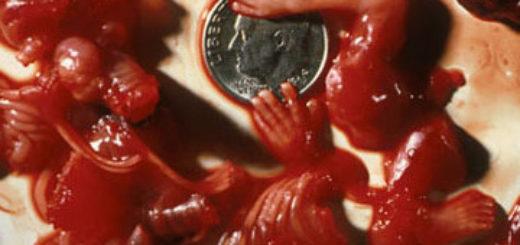Hidden History: Slaves Used as Collateral For Loans By Wealthy Oligarchy
We depend on people like you to help us remain corporate-free. History is a weapon and let us wield it for good. Please subscribe now! Just $5 a month!Subscribe nowCDOs on SlavesWallstreet’s Collateralization of SlavesApr 10Public postIt is not hyperbole when we say that the foundation of the United States is built upon slavery. While everyone recognizes profits reaped from unpaid wages, until recently no one examined the effect that securities based on using slaves as collateral had on American and European wealth.Slave Labor itself provided profits to industries worldwideThe cotton industry created both the British empire and the American empire. America supplied 80% of the cotton to the British textile industry and the production rapidly quadrupled. America exported 1.2 million pounds (54400 KGS) of cotton in 1790, but by 1858 that number grew to 2 billion (900 million KG). By 1861, America supplied 9.1 billion pounds of cotton to the British textile industry, which accounted for nearly 42.3% of the British GDP and 60% of the total GDP in America.With large volumes of cotton traded, the price fluctuated wildly from 5-13 cents per pound and speculation became lucrative. Traders would speculate on cotton yield and buy from cotton plantations to sell to the UK. These speculations would yield profits to traders who would then use their profit in other industries On top of profiting directly from commodities that were produced with slave labor, slaveholders also received additional income by renting out slaves as artisans and day laborers. In his own biography, Frederick Douglas talks about how his enslaver, Thomas Auld, hired out Frederick Douglas to aid farmer Edward Covey. Later, he was hired as a ship caulker while his wages were collected by Thomas Auld. On top of receiving rents, slaves themselves were used as collateral for cash since they were legally considered property. To access capital, slaveholders and plantation owners would use the slaves as collateral for loans from the bank. According to a survey of 4,485 mortgages, 71% of them used slaves in this way. The total capital raised from using slaves as collateral increased by 400% from 1800 to 1837. The secondary market of using slaves as collateral wasn’t only slaveholders and plantation owners in the south. The reach was global.In one example, planters in Louisiana set up a bank known as The Consolidated Association of Planters of Louisiana (CAPL). Planters who needed to borrow from the bank would put up their land and slaves as collateral. Then the bank would allow them to borrow half of the assessed value in their property in CAPL bank notes. (Bank notes are a promissory note to pay a stated sum to whoever the bearer is after a time period.) In order to allow CAPL bonds to be floated in the credit market, the legislature of the state of Louisiana agreed to back $2.5 million worth of bank notes with the “full faith and credit” of the state. Upon this assurance, the British Bank Baring Brothers gave CAPL $2.5 million in sterling. Afterward, they sold these bonds on the European securities market for investors who wanted a relatively safe investment. By selling slave bonds, the planters (who were also the shareholders) were able to diffuse the risk of any single mortgage where a slave is used as collateral. This created a pool of credit that planters could use at lower interest rates to expand their business.But these types of securities were ubiquitous in the United States before 1864. Louisiana had raised $64 million worth of capital from securities that were backed by slave labor. Other states followed suit, and by 1864 these banks had nearly $100 million in capital from collateral that was backed by slaves alone.In addition to using slave labor, the booming railroad industry in the 1830s received their start-up cash from slave bonds. Other companies like Dupont, JP Morgan Chase, Bank of America and Citibank traded in these securities. In fact, it is hard to find a single European or American company that was formed prior to the civil war that did not trade in some kind of slave bonds.After the civil war, the US Supreme court ruled that the debtors still had to pay back the money they owed based on using slaves as collateral. Therefore, people who held the bonds, even after slavery, were still not held to account. The wealth accumulated from slavery was then used to create the gilded age. People who trafficked in slavery ended up getting most of the prosperity, while the descendants of slaves were left to fend for themselves and remained poor.Of course, the ubiquitous securities markets all over the world wouldn’t have thrived if it weren’t for the fact that most of these banks were backed by the “full faith and credit” of the United States Government. In this way, the United States government allowed the very few to make exorbitant profits at the expense of the many. |













